hd exam
1/89
There's no tags or description
Looks like no tags are added yet.
Name | Mastery | Learn | Test | Matching | Spaced |
|---|
No study sessions yet.
90 Terms
What are the parts to integrating human dimensions into management and research?
Organisms, People, and Land Habitat. All relate to resources.
Descriptive Studies
data from questions are analyzed discretely or lumped into meaningful subgroups. Useful but limited
Conceptual Studies
data from questions analyzed to examine patterns in responses. Searches for underlying reasons/attitudes.
Nature-oriented typologies
Naturalistic and Ecologistic
Naturalistic Typology
interest in and affection for wildlife and outdoors (ex. hikers, bird-watching, anglers, hunters)
Ecologistic Typology
environment as a system
Human-oriented typologies
Humanistic, Moralistic, Scientistic, Aesthetic, Utilitarian, Dominionistic, Negativistic, Neutralistic
Humanistic Typology
interest in and affection for individual animals. Focus on charismatic megafauna, usually with anthropogenic associations (ex. whale-watchers, marine mammal or other animal rescuers)
Moralistic Typology
interest in treatment of animals (ex. PETA members)
Scientistic Typology
interest in physiology and biology of animals (ex. academics, zoo types)
Aesthetic Typology
interest in artistic and symbolic roles of animals (ex. artists, art appreciators, Native American religious leaders)
Utilitarian Typology
interest in practical and material value of animals or animals habitat. Less common in developed world than developing world and less common now than in past (ex. trappers, whalers)
Dominionistic Typology
interest in mastery and control of animals (ex. cock-fighters, running of the bulls)
Negativistic Typology
active avoidance of animals due to dislike or fear (ex. Pilgrims)
Neutralistic Typology
passive avoidance due to indifference or lack of interest (ex. technophiles)
Anthropocentric Ethics (Environmental Philosophies)
Only humans possess inherent value.
Other organisms value is in relation to humans.
Environmental degredation only matters in terms of impacts to human interests
Social Ecology (Env. Philosophy)
All environmental problems are the result of human behavior.
Addressing social injustices in cultural, economic, and political conditions will solve environmental problems.
Strong Animal Rights: Viewpoint 1
Utilitarian Animal Rights states that only values are pleasure (to be increased) and pain (to be decreased).
All sentient beings deserve the same treatment
Strong Animal Rights: Viewpoint 2
Interests-Based Animal Rights states that all sentient life has inherent value.
Has no concern about pleasure and pain.
Weak Animal Rights
Nonhuman animals have inherent value, however, value may be unequal.
Value of animal proportional to sentience.
Similar to Judeo-Christo-Islamic values of the Western montheistic traditions and their associated societies.
Biocentric Ethics
Inherent value is extended beyond animals to all living things.
Some Eastern religious traditions, like Jainism in India, closely fit this.
Ecocentric/Land Ethics
Ethical duty is not to individual plants and animals.
Ethical duty is to ecosystem.
Value of an organisms depends on value to the larger ecosystem (e.g., destructive or parasitic organisms have less value)
Closely associated with Aldo Leopold
Deep Ecology
Social structures are not to blame, rather unequal distribution among humans and between humans with plants and animals and overpopulation of humans are the problem.
Decentralization, increased cultural awareness and sensitivity, and de-globilization (e.g., local foods movements) are solutions.
Ecofeminism
advocating a gender-neutral approach to assigning value (i.e., non-patriarchical – the animals of the world are not the sheep to our shepherd) to a viewpoint that links oppression of women, and by extension minorities, to the degredation (oppression) of nature.
Androcentrism is rejected (i.e., the relationship of humans with nature is not father to children or steward to charge).
Naturalistic and Scientistic is Similar to
Weak Animal Rights
Ecologistic is similar to
Ecocentric Ethics
Humanistic is similar to
Strong Animal Rights - Interest-based
Moralistic is Similar to
Strong Animal Rights - Utilitarian
Biocentic is similar to
Deep Ecology (no social justice component)
Aesthetic, Utilitarian, Dominionistic, Negativistic, and Neutralistic are similar to
Anthropocentric Ethics
These Ethics don’t have a Kellert Typology comparison
Ecofeminism, Social Ecology, Deep Ecology (Social Justice component)
What is the cognitive approach?
-Examines concepts (e.g. values, attitudes, and norms) underlying the process from thought to action AND the relationship among those concepts.
-May be used predictively.
-More common traditionally in human dimensions.
Cognitions
the collections of mental processes and activities used in perceiving, remembering, thinking, and understanding, as well as the act of using these processes.
Typically these are considered as a hierarchy.
Values
desirable end states, modes of conduct, or qualities of life that we individually or collectively hold dear. Ex. Gender equality or freedom of expression
Basic Beliefs
thoughts about specific objects or issues that give meaning to values
- patterns may suggest overall value orientation
Value Orientation
“direction” or application of a value. Useful across cultures. Ex. Equality may be applied to all living things or just to humans.
Attitudes
a person’s evaluation, either favorable or unfavorable, of a person, object, concept, or action.
-Predict and influence behaviors
-Changing attitudes necessary to affect long-term behavior change
-Focus of most human dimension research
Specificity
how closely the attitude relates to an issue
Salience
how easily and quickly thoughts come to mind (how accessible are the thoughts?). High ______ is considered indicative of strength of attitude.
Norms
standards of behavior. specify what people should do or what most people do. directly influence behavior. describe and predict behavior.
Social Norms
standards shared by a group
Personal Norms
individuals own expectations, learned from shared experiences and modified by interaction
Crystallization
amount of agreement
Low crystallization
one group negative, two groups positive
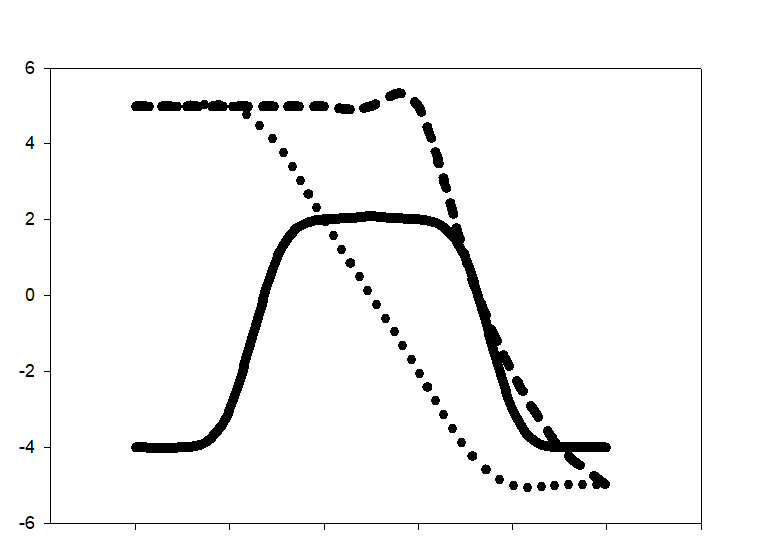
High Crystallization
all groups feeling the same/similar amounts of enjoyment
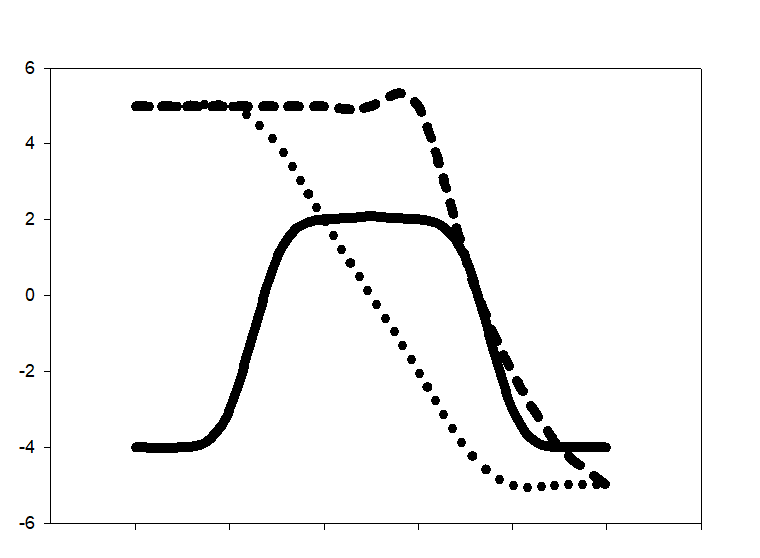
High Salience
right of the graph (extreme view on enjoyment)
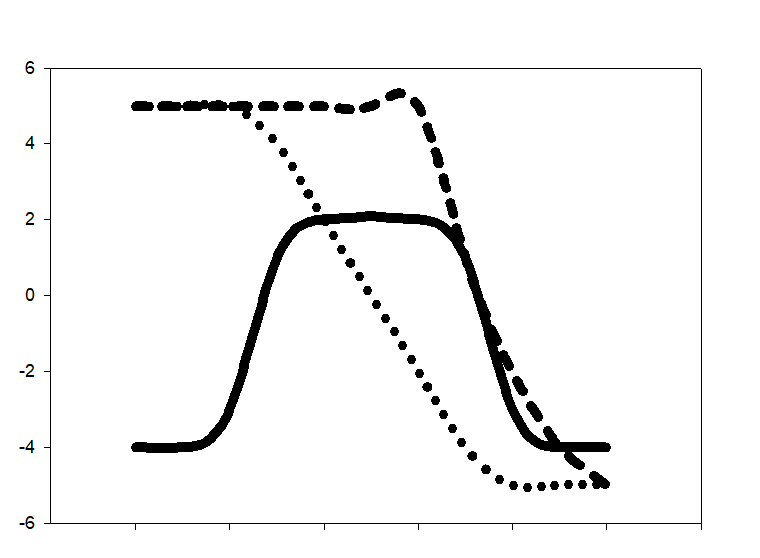
Cognitive Model
Closer to Behavior: Numerous, Faster to Change, Peripheral, Situational
Closer to Values: Fewer, slower to change, central to beliefs, transcendental
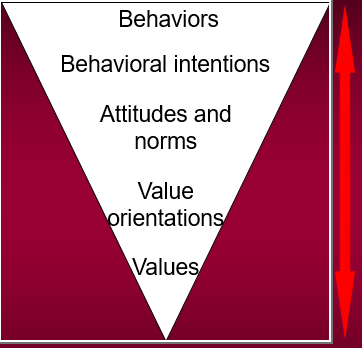
Motivational Theory
attempts to address the multiple expectations or objectives that may explain the reasons for different participations (i.e. multiple satisfactions are possible for an activity).
Motivations
cognitive forces that drive people to achieve particular goal states.
Motivational research provides benefits to management
1)identifying benefits of leisure to set program priorities;
2) identifying multiple motivations that may be simultaneously accommodated to maximize management objectives;
3)identify sources of user conflicts;
4) identify substitutable activities;
5) identify and manage crowding.
Satisfaction
cognitive evaluation of experience based on our expectations for the outcome of that experience
-Constituent ____ was and still is basis for measuring success of programs
-Can be site specific or reflect broader concept
Expectations
desired outcome from an experience
Expectancy-value Theory
behavioral choice comes from motivation and ability
Dissatisfaction
occurs when evaluation of experience falls short of expectations for outcome
Experience < Desired Outcome
Motivational Theory
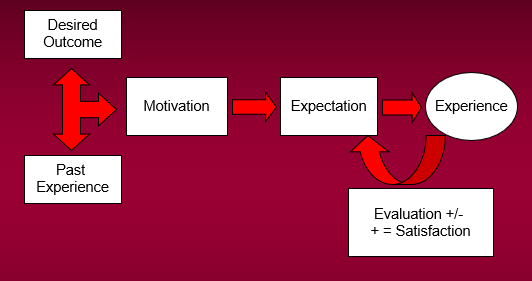
Constraints
barriers to engagement: participation in natural resource activities; involvement in issues; or volunteering in natural resource management
Personal Constraints
relate to their personal ability to engage or participate (internal constraints).
Ex. financial situation, time, conflicting activities, knowledge (includes where, when, how), social barriers (no partner to share participation, don’t know anyone who participates), health
Situational Constraints
perceived as out of the control of the individual (external constraints).
Managerial Constraints
Situational constraints that are controllable by natural resources managers
- Season timing and/or length, gear (equipment) regulations, access (site proximity or availability), license/permit availability, game/fish/wildlife populations
Expectancy/Value Theory Model
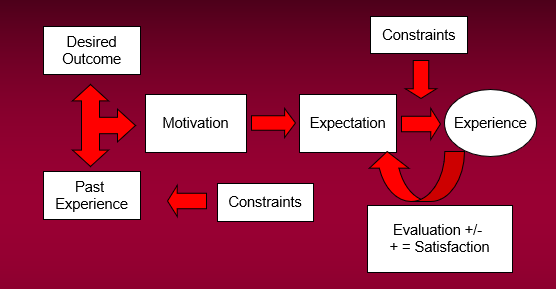
Stakeholders
those who affect or are affected by decisions about managing natural resources
National Environmental Protections Act (NEPA) of 1969
required public input on any project involving federal funds that may impact environment
required public hearings to be conducted by lead agency on projects
Public Hearing
Agency holds hearing where members of public give testimony (or opinions) about project.
Agency personnel take notes, do not interact with public (no Q & A).
Public Meeting
Agency holds meeting where project is presented and Q & A takes place
Types of communication in natural resources
Persuasive and Informative/Educational
Needed to accept or reject communication
-Agreeing with held values/beliefs
-Credibility of source
-Pre-existing attitudes (bias) toward issue
-Bias toward source
Formal Organizations
can be organizations, agencies, corporations
- have defined structure, missions, members
- members can be identified by roster, payroll, or other form
Members may not share similar values (e.g. agencies, corporations)
Have determined leadership in institutional form (e.g. CEO, president, bureau chief, etc.)
Private Organizations
one type of formal organizations
Consist of individuals who voluntarily join due to shared beliefs
Can be non-profit groups, non-governmental organizations, civic groups
Have mission statement, charter, and other defined organization
Members pay dues (annual, etc.)
Organization is directed toward specific goals (mission)
Grassroots Organizations
-Form around one issue important to community
-Usually consist of diversity of individuals
Informal Organizations
types of social groups formed by individuals who share common values/beliefs and norms
-Also include individuals who identify with group or organization but do not have direct contact (do not belong to organization)
-Examples include peer groups, reference groups, “community”
Bureaucratic Leadership
-Examples include president, chairperson, coordinator
-Either appointed or elected leadership determined by organization structure
Opinion Leaders
People who’s opinions shape the organization
Autocratic Decisions
unilateral
- final, made by one individual
- usually head of department, agency, bureau
- authority given to individual by organization structure
Bureaucratic Decisions
authority given to individual to decide
Could be agency personnel below director or head (biologist, etc.)
Decisions could be overturned by higher authority
Majority Decisions
majority rule
Decisions made by majority automatically leave out minority opinion
This process can lead to alienation
Consensus Decisions
group comes to agreement by all members
- requires compromise among members
- members must agree to compromise before process begins
- each point of view is represented to some extent in final decision
Communication Loop
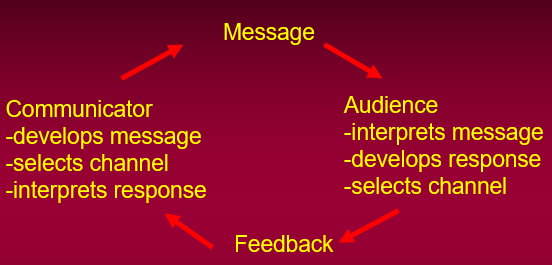
What does the communicator do?
Develops message, selects channel, and interprets response
What does the audience do?
Interprets message, develops response, selects channel
Channel Identifications
pick media outlet(s) that will effectively inform the target audience
1) Target stakeholders
2) Use multiple channels (parallel channels)
3) Avoid channels in series (“gatekeepers”=bad)
Successful media planning involves carefully considering:
1)Message purpose
2)Message content
3)Audience characteristics
4)Available channels
5)Personnel skills
6)Effective combinations of channels
Short-term persuasion
typical goal in management. These are usually simple informative messages.
Long-term persuasion
repetitive, consistent, and informative messages can enact change. Interpersonal contact usually is best.
Types of public and communication
Nonpublic, Latent-aware, Active
Economics
The study of the choices people make to cope with scarcity
Economics is
Anthropocentric
Intent on an Objective Study of Human Preferences and Behavior
Key Economic Concepts
Self-Interested Individual Agent That Seeks to Maximize Utility
Everything has a cost
Incentives Matter
Info has a cost
Remember the secondary effects
Market Efficiency Assumptions
All benefits and costs are known and are reflected in market transactions
Ownership of the asset are wholly assigned to one person or organization
All benefits accrue to – and all costs are borne by – the parties to the market transaction
Market Failure
When you fail to realize market efficiency assumptions
Resource Management under imperfect information and uncertainty
Recognize Limitations of Information
Gather More Information
Describe Stakeholder Groups and Identify their Interests and Objectives
Identify Trade-Offs